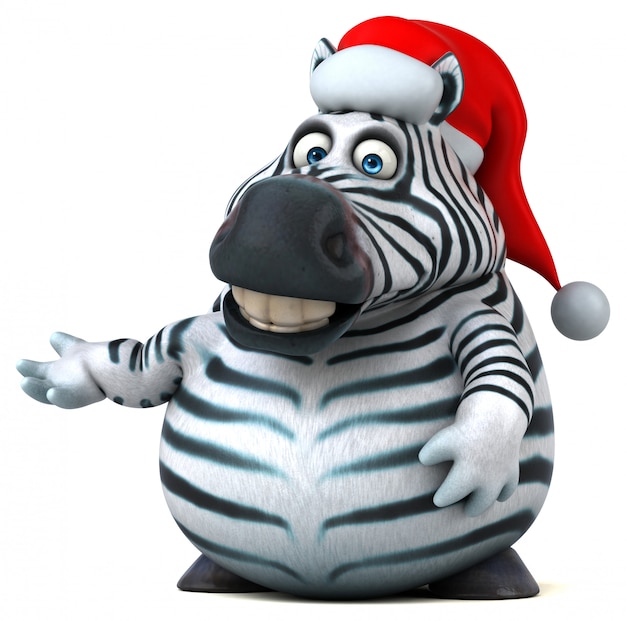
Calves will nurse from their mother for up to one year before being weaned.each is as exclusive as human fingerprints with the stripe pattern being unique to each animal. This is especially important, as calves are vulnerable to predators. The mother will protect her calf, and it can stand, walk, and run shortly after birth. Their gestation period is around 360 – 395 days long, depending on the species. Reproduction of the Zebraįemale zebras can have one calf per year. They can frequently change herd structure, and will change companions every few months. In some species, one stallion guards a harem of females, while other species remain in groups, but do not form strong social bonds. Zebras are highly social creatures and different species have different social structures. They must be kept in herds, because they are social creatures. They should also be supplemented with hay, and given fresh vegetables as treats. They should also have access to fresh grass for easy grazing. In human care, zebras must be provided with lots of space for exercise, though fencing should be sturdy and secure to prevent escapes. Only the most experienced handler should care for zebras. They require much more handling and desensitization than the average horse, and can be more temperamental.

Zebras do not make good pets for the average person. They are unpredictable, and can be quite aggressive, and will panic in stressful conditions. In comparison to horses, zebras are very flighty. DomesticationĪttempts at domesticating these animals have been made, but are largely unsuccessful. The Grevy’s zebra population is considered endangered due to hunting, and population destruction for farming. Many populations and subpopulations have been heavily depleted. They are also seen as competition for livestock grazing, and will be culled (killed) for this as well. Humans have consistently utilized these animals for their meat, fur, and as trophies. They spend most of their time grazing on grasses, and then regurgitating and re-chewing those grasses, called “cud.” Zebra and Human Interaction Their diet is almost entirely made up of grasses, but they also eat leaves, bark, shrubs, and more. Zebras are exclusively herbivorous, meaning that they only eat plants. finally, Grevy’s zebras live in the grasslands of Ethiopia and northern Kenya. Mountain zebras are restricted to small areas of southwest Africa. Plains zebras are spread across southeastern Africa, from southern Sudan to South Africa. Different species and subspecies have different ranges across Africa, and all species have a restricted range from their historic habitat. These animals live exclusively in Africa. Unfortunately, the availability of habitat for all zebras is shrinking, resulting in population decline. The mountain variety lives in rocky mountainous areas. They cannot be found in deserts, wetlands, or rainforests. Most of these interesting animals prefer living in savanna woodlands and grasslands without trees. Members of the horse family can actually be injured by lying down for long periods, because their own body weight can damage their internal organs. Sturdy Slumber – Zebras and most members of the Equidae (or horse) family sleep standing up.Researchers discovered that zebra stripe patterns cause blood-sucking horse flies to become disoriented, effectively repelling the flies.
IMAJE OF ZEBRA ANIMAL PLUS
Horsefly – Another great plus side to all those drastic stripes? Built in insect repellant! That’s right, zebra stripes can help repel insects. Some scientists even believe that zebras may be able to identify one another by stripe pattern. No two zebras are alike, and just like human fingerprints, all zebras have a different stripe pattern. Stupendous Stripes – Stripes aren’t just generic camouflage either, each zebra is uniquely marked.Second, moving together creates a dizzying pattern of moving stripes, making it difficult for predators to choose a target.

First, the vertical stripes help them blend in with tall grass surrounding them. Scientists believe that their stripes have two deterring characteristics. Unlikely Camouflage – Though it seems counterintuitive, this animal’s striking patterns are actually a form of camouflage.Learn why zebras are wonderfully unique animals that deserve protection below. These captivating creatures can take on a lion, but are being threatened by human activity.

Zebras are beautiful, hardy creatures that are built for survival in harsh environments.


 0 kommentar(er)
0 kommentar(er)
